
Relationships Between Man & Animals. Since the beginning of human history, humans have interacted with animals. During hunter-gatherer societies, animals were primarily hunted and eaten. As agriculturalist societies became more and more established, animals were incorporated into the civilization in order to help people. In many parts of the world, people still use animals like this to this day. In Western society -- and in many other parts of the world -- animals are commonly seen as companions. Many animals have gone from being hunted to being household pets in a few millennia.
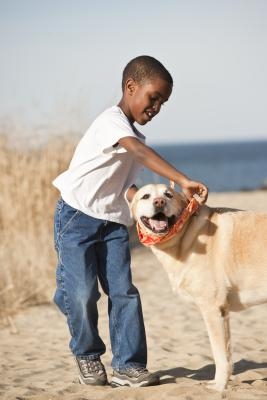
The earliest relationship that existed between humans and animals was the kind of predator and prey relationship that exists throughout the animal kingdom. Scientists believe that the earliest ancestors of human beings were mainly herbivores, but they began to eat meat about 2.5 million years ago. People have been omnivorous since then, and much of our meat came from hunting other animals. Ancient humans had not developed the technology and knowledge to raise animals themselves, but they were adept hunters. Many of the first tools that were created were weapons that were used to take down much larger animals. Despite the fact that these people relied on hunting and killing other animals to survive, many believe that they treated the animals with respect. Evidence of this can be found in ancient cave paintings that show animals in great detail, as if they were looked at with some reverence. These animals were why humanity could survive, and the humans didn't forget that.
The first animals to be domesticated and raised for their meat were most likely sheep. Sheep are fairly easy to raise and direct when grazing, and they provided both meat and milk. This was probably a logical progression from hunting wild animals. By raising animals, people can control their own supply of food and not have to worry about the hunt to keep them alive. This practice is still alive and well today, as the beef, pork, and poultry industries continue to thrive. Animals such as sheep and cattle not only provide us with food, but clothing as well. Sheep provide wool that can be made into clothing, and the hides of various animals can be made into leather, a material that is useful and durable.
Animals have been used for labor since they were first domesticated. Large animals such as horses and oxen were used to plow fields and pull carts, and even smaller animals have been useful. Dogs in particular can pull sleds and carts, serve as watch dogs, play a role in law enforcement, and serve as eyes for the blind. The use of animals as beasts of burden has fallen by the wayside since the Industrial Revolution, but it can still be found in many cultures around the world.
Anyone who doubts that pets and humans can share strong bonds have either never had pets or have never seen someone with a pet. Dogs and cats are most often kept as pets in our society because of their loyalty and intelligence that can sometimes approach human level. Some people believe that pets just rely on their owners for food and shelter, but they have shown a loyalty that can only come with a bond that goes beyond mere necessity. These animals are companions, and they are probably as close as they will come to being equal to humans.
 Relationships Between Man & Animals
Relationships Between Man & Animals
Relationships Between Man & Animals
Relationships Between Man & Animals
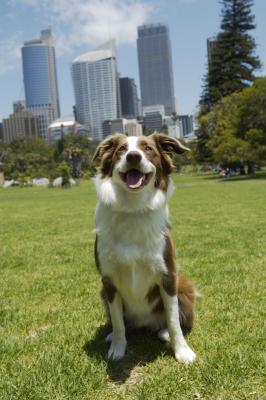 How to Entertain a Border Collie
How to Entertain a Border Collie
How t
How to Entertain a Border Collie
How to Entertain a Border Collie
How t
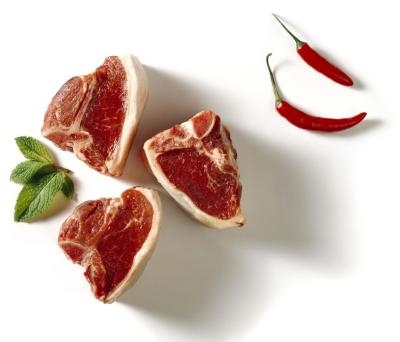 How to Figure Meat on a Lamb
How to Figure Meat on a Lamb
How to Fi
How to Figure Meat on a Lamb
How to Figure Meat on a Lamb
How to Fi
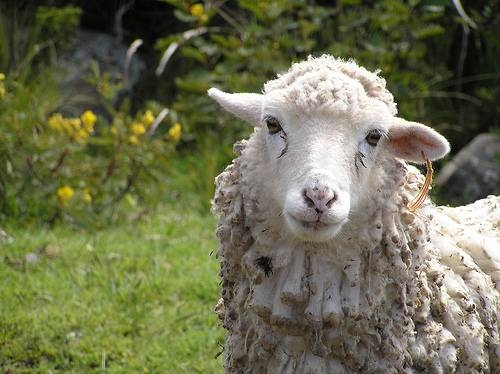 Natural Sheep Lice Treatment
Natural Sheep Lice Treatment
Natural S
Natural Sheep Lice Treatment
Natural Sheep Lice Treatment
Natural S
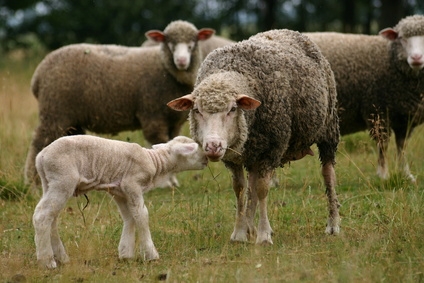 How to Bottle Feed Baby Lambs
How to Bottle Feed Baby Lambs
How to B
How to Bottle Feed Baby Lambs
How to Bottle Feed Baby Lambs
How to B
Copyright © 2005-2016 Pet Information All Rights Reserved
Contact us: www162date@outlook.com